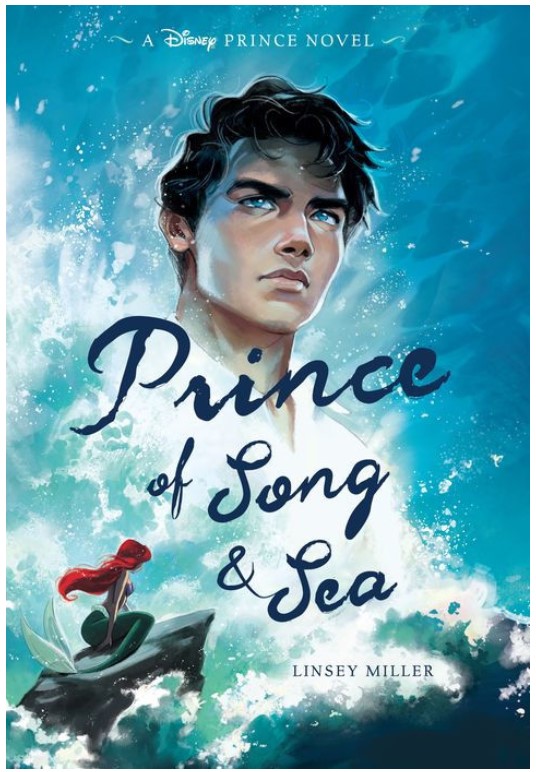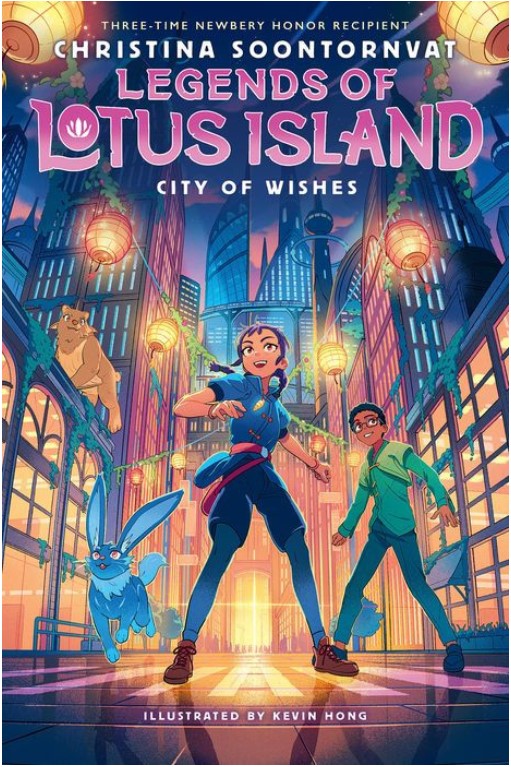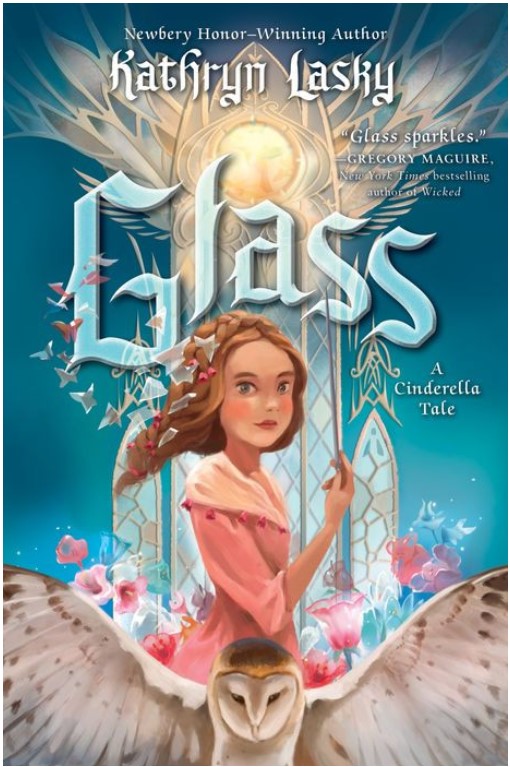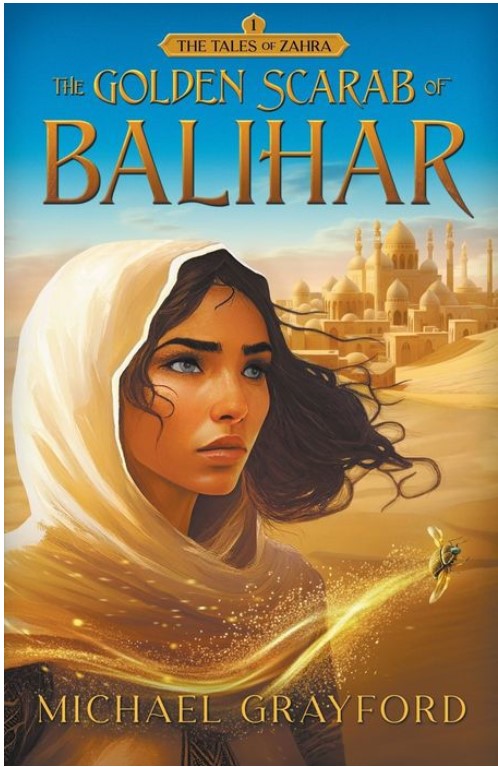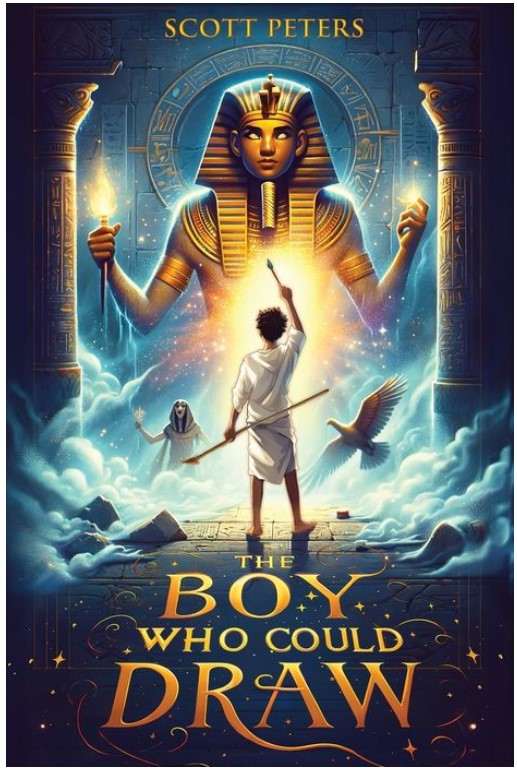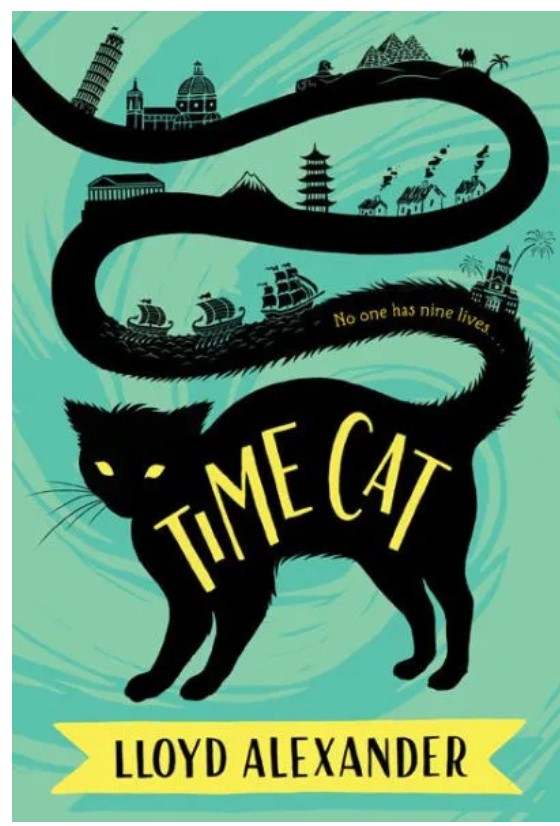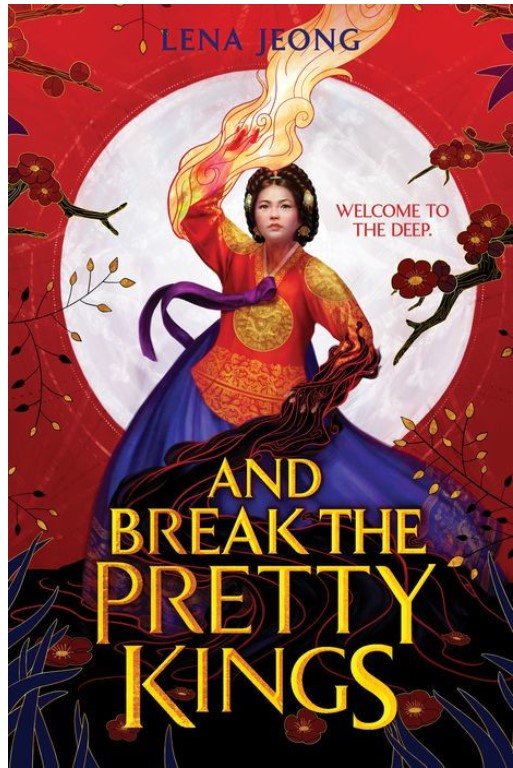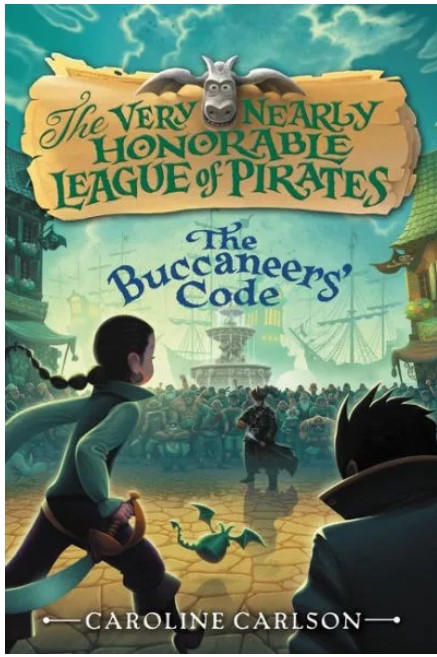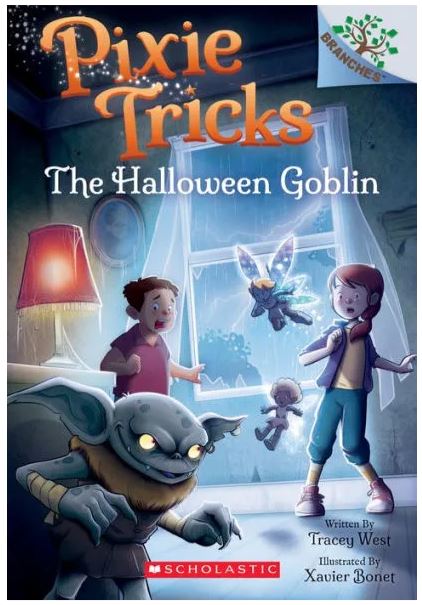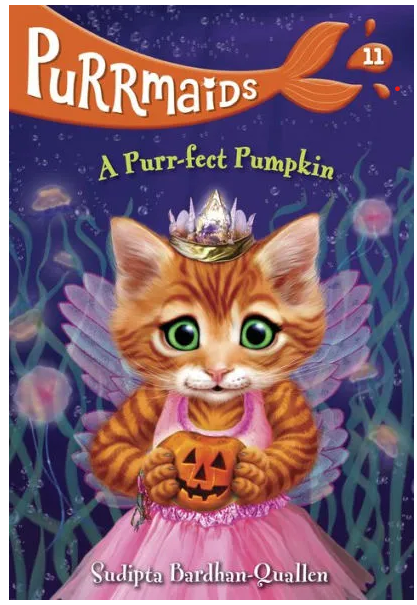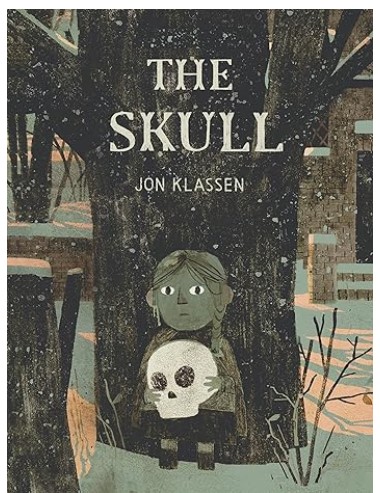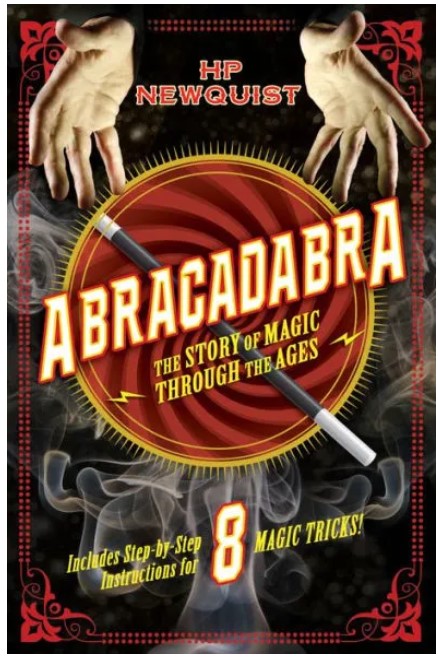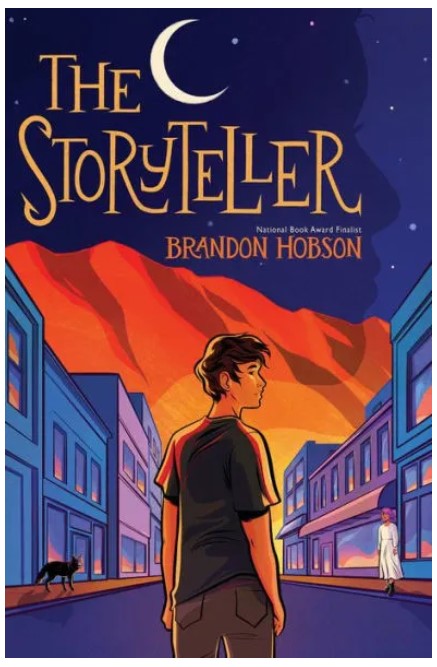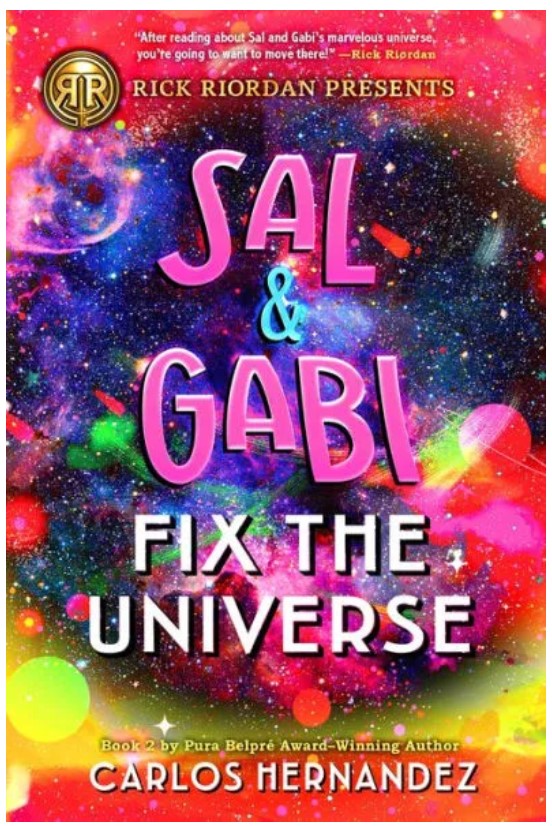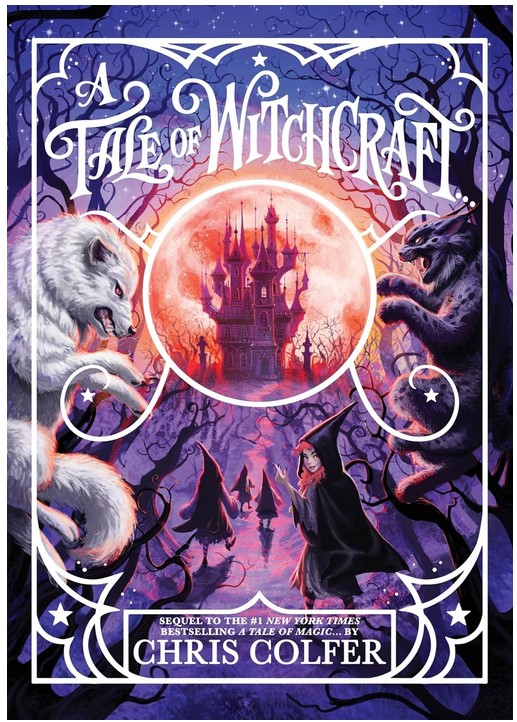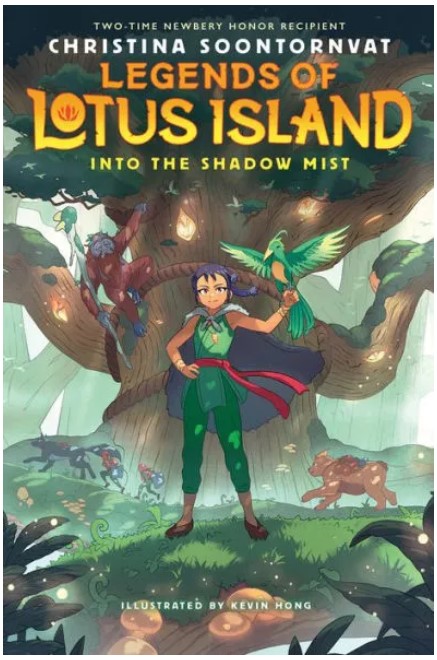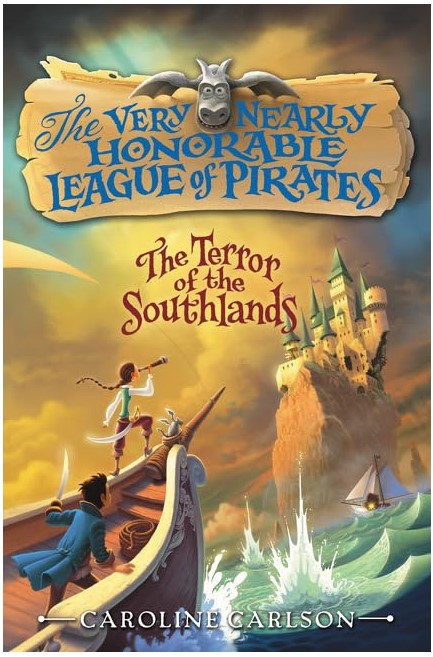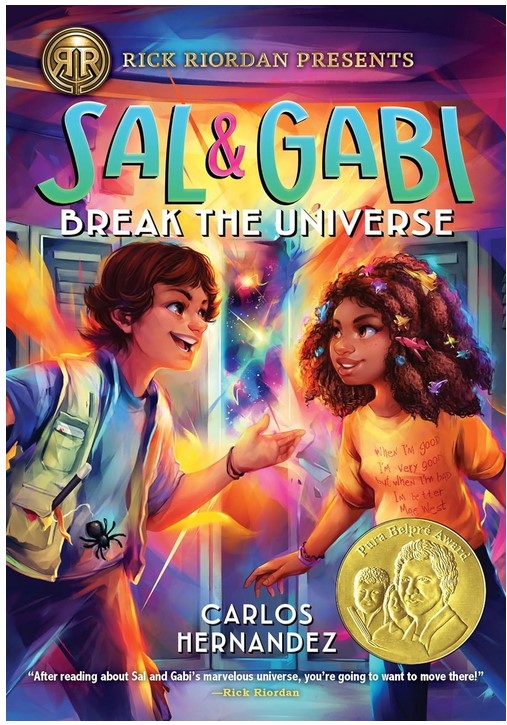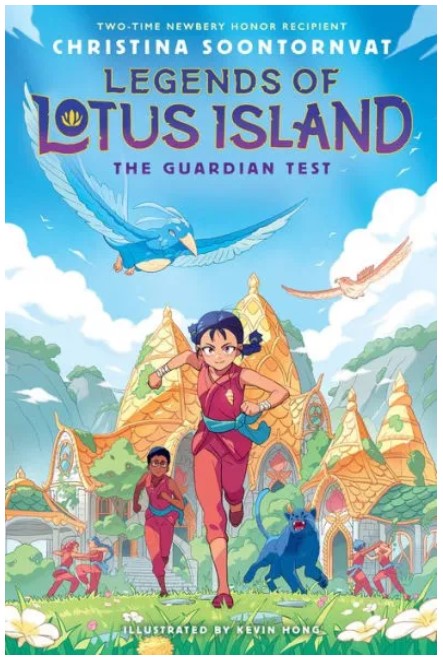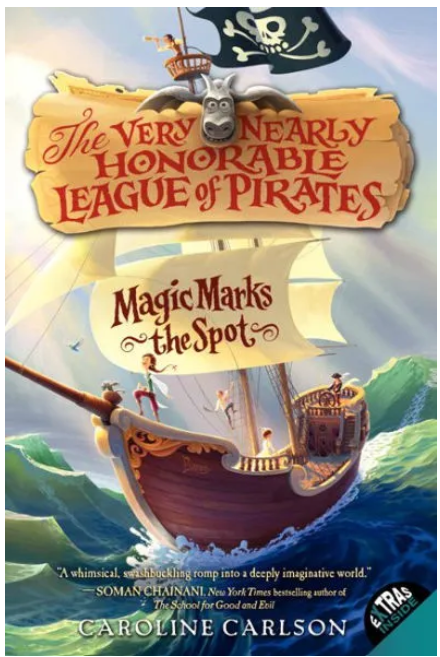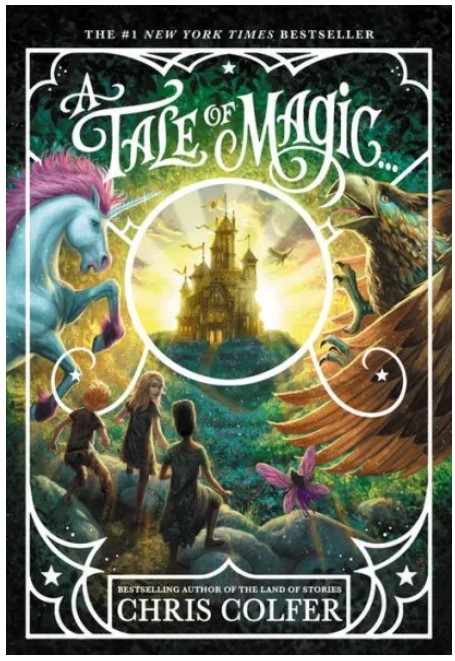Plum is facing the most difficult test of her Guardian powers yet. Lotus Island is in danger, and there’s not much time to save this special place.
Power-hungry Councilor Yurn is headed to the island with a ship full of hoverbots and a devious plan in mind: he means to take over Lotus Island and build a new city there. His plan will destroy the fragile ecosystem, including the island’s precious lotus plants. When the Guardians learn that their unique powers are dependent on the lotus flowers, they realize just how much is at stake if Yurn succeeds. Plum must rely on her smarts, her Guardian powers, and most importantly—her friends—to save Lotus Island and all it stands for.
In the last installment of the Legends of Lotus Island, Plum and several friends set out on a boat to travel to a mysterious island. Once there, Plum and her friends discover everyone on the island is a Guardian. At first, Plum is excited and pleads for help; however, the isolated island wants to protect their anonymity and refuses to let Plum’s group leave. Neff, a boy who seeks adventure, helps the group escape and battle Councilor Yun.
Temple of Secrets reunites the core group of novice Guardians from the first installment of the series.
The book also incorporates people from other islands, including Plum’s grandparents, showing the community’s importance. However, readers may be disappointed that the book doesn’t give more details about the mysterious island. For example, Neff plays a pivotal role in the beginning of the book, but then he fades into the background, leaving readers to wonder what he and his island are like. In addition, Neff helps the Guardians read the inscriptions of the Temple of Secrets, but little is revealed about what the secrets are or why they are important.
The Legends of Lotus Island Series must be read in order because each book’s plot builds on the previous story. One of the enjoyable aspects of the story is seeing the characters’ growth from novices to confident Guardians willing to go against others to do what is right.
Readers who have read the previous books in the series will enjoy seeing the novices reunite and finally defeat Councilor Yurn. The story allows Rella to redeem herself and she learns that her past mistakes do not have to define her future. Overall, the Temple of Secrets does not take an in-depth look at the people and places of the book, but is still an entertaining story with positive lessons about forgiveness, helping others, and standing up to protect the places you love.
Sexual Content
- None
Violence
- Power-hungry Councilor Yurn sends hoverbots to take over Lotus Island. Some of the Guardians prepared traps, “but the net traps that they had set up didn’t stop every bot. An elk-bot broke free. . . [Plum and the bot] clashed, antler to antler, wrestling for control.” The bot runs away.
- One of the Guardians, Rella, “attacked the leopard-bot with such ferocity that she had it pinned to the ground in seconds.”
- While Rella was holding the leopard-bot down, Councilor Yurn pressed buttons on a control panel. “A thick trickle of some strange dark substance spilled out of the leopard-bot’s open mouth. It pooled up on the ground and then began oozing uphill, towards us . . . They seemed to swallow up everything they touched.” The shadowy substance kills the plants it touches.
- The shadows surround Rella. “She reared up on her back legs. She raised both paws and shouted, ‘HA!’ Her burst of power created a boom like a thunderclap. Dark shadows went flying in all directions.”
- To save her friends, Rella absorbs the shadows into herself. “She was absorbing them like a cloth blotting up ink. Once the shadows soaked into her, they didn’t escape.” Rella becomes unconscious and “underneath her skin, the shadows swirled like dark rivers.”
- When the shadows kill the last lotus plant, Plum puts her hands into the pond’s mud. To gain more power, Plum chants the names of her friends. Then, “I left it in my fingertips, soft as an earthworm’s heartbeat. A thrum, a stirring. It grew. . .The shadows had shrunk away. . .” The dormant lotus seeds grew until “they sprouted buds that popped open in full bloom.”
Drugs and Alcohol
- None
Language
- A girl uses “holy shrimp tails,” “holy linchens,” and “holy barnacles” as exclamations.
- When Councilor Yurn runs away from the shadows he created, someone calls him a coward.
Supernatural
- The students learn how to turn into mythical creatures, such as a fox bat and a gillybear. When they’re in their Guardian form, they have special powers. For example, one girl can control shadows and use them to disappear.
- Plum and her companions go to an isolated island where everyone is a Guardian. While there, she meets a boy who can turn into a moss badger. He used his power to manipulate rocks, and “algae-covered stones slowly rose up from the deep, filling the empty space in the walkway. They fit perfectly together like puzzle pieces.”
- One of Plum’s powers is to strengthen the other Guardians’ powers.
- Hoverbots say ancient chants that turn them into Guardian forms.
- The lotus flowers are beginning to die. The Guardians’ powers are connected to the flowers.
- One of the Guardians is “a Breath Guardian. My power is bestowing the gift of slumber.” He uses his power to put guards to sleep so Plum and her companions can return to Lotus Island.
- Plum rubs an eggplant’s leaf and talks to it. Then, “The stalk of the eggplant thickened and rose higher. Yellow flowers burst out all over the tips of the plant. . . The seedling was now full grown and heavy with hanging eggplants.”
Spiritual Content
- None


